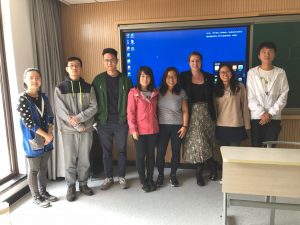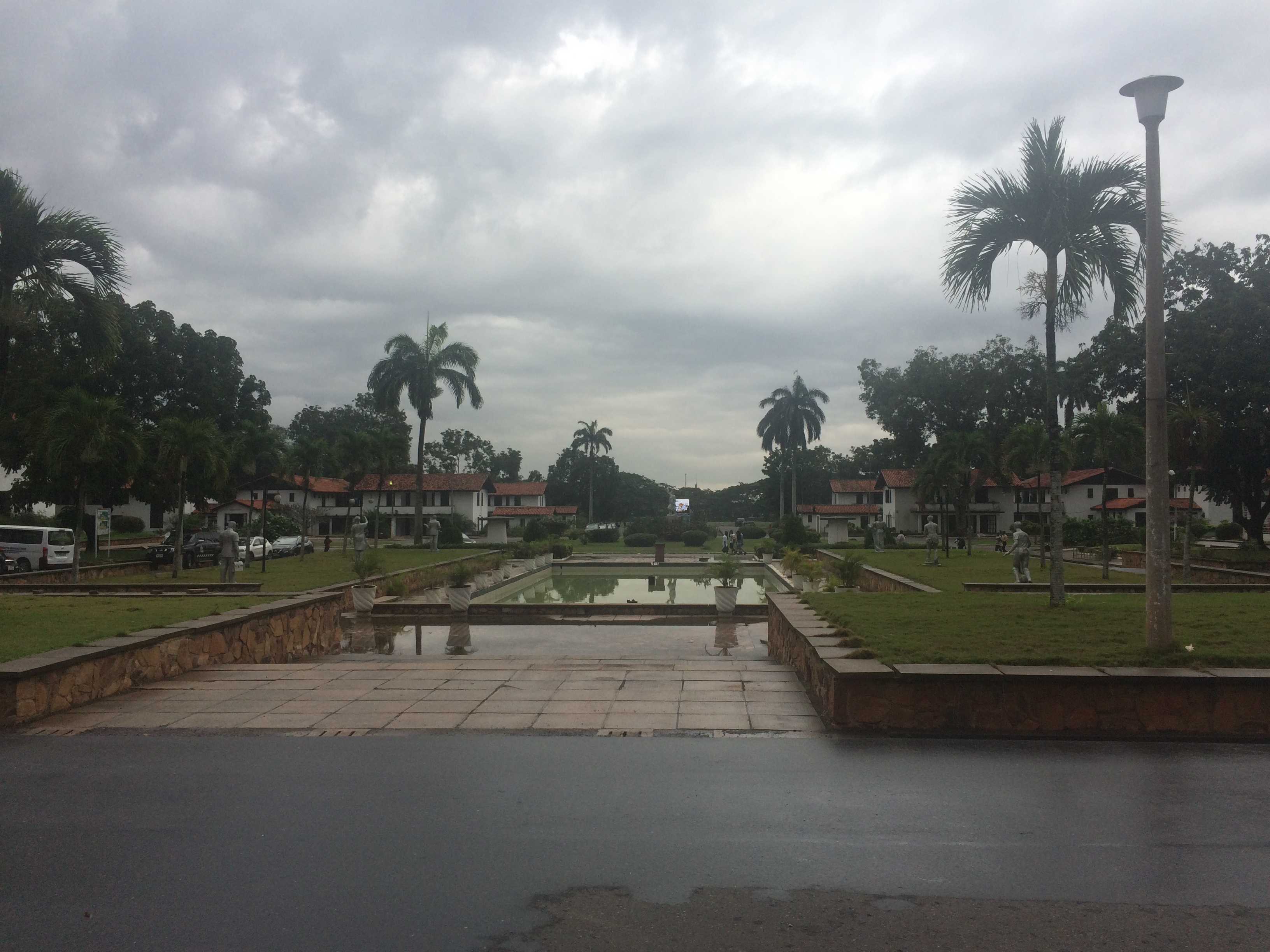
Figure 1: A replicated Vindolanda tablet given to the delegates to commemorate the event, with Hadrian’s Wall in the background
Experiments have always been an integral part of scientific investigation, nevertheless, the more complex nature of heritage studies such as archaeology and ancient history -often interdisciplinary by nature- has prevented the development of clear and reliable methodologies for including experiments in broader research objectives. Apprehension towards their inclusion seems to increase among periods with richer sources of literary and archaeological evidence, and they are indeed far more numerous in prehistoric studies. However, whether this is due to necessity is a question that has not been answered. Are experiments reliable when investigating sparse and fragmented cultural data? Can they help us interpret obscure archaeological and literary records? Or indeed, are they necessary -as in other sciences- to test hypotheses? The answers to these and many more questions have long been debated, primarily in prehistoric circles, but seldom among Romanists. Besides the support of the ARMES (Association for Roman Military Equipment Studies) and their 2000 publication on the themes of reconstruction in Roman military studies, or the ongoing support by the broader community of EXARC (Experimental Archaeology Conference), there have been no comprehensive publications or collaborative efforts in Roman experimental archaeology. Significant experimental sites, such as Butser Ancient Farm, Avalon Marshes, the Getty Villa, the Vindolanda Trust, Wroxeter Roman City, Lunt Roman Fort and the Saalburg Museum, are important sites that any aspiring experimental Romanist should research; nevertheless, independent and even academic research has been unsustainably reliant on these sites to promote and often fund further experiments. Indeed, it is not their flagship status that should be altered, rather the methods by which researchers can access more extensive academic and public support. As such 2018 saw the revival of a debate which has remained dormant in all but the vigorous yet independent Romanist projects doted around the world.
In the past five years TRAC (The Theoretical Roman Archaeology Conference) has promoted the organisation of interim workshops to tackle and expand on the diverse and interdisciplinary subjects behind current research into Roman history. After a successful proposal, it was agreed that a conference on Roman experiments was required. My own experience with experimental archaeology started as an undergraduate at the University of Reading in 2006 and was further developed among several Prehistoric and Roman groups in Oxfordshire and Berkshire. The inclusion of experiments in my PhD research was not initially intentional, rather consequential for a subject where ethnographic resources have been essential to elucidate on the fragmentary archaeological and literary record (ancient fisheries). It was in the search for data to support the ethnographic hypotheses that the difficulties in producing or locating experiments became apparent. Discussions with several peers at RAC and TRAC conferences highlighted these shared issues and it was soon clear that we were lacking a more cohesive experimental Romanist community. The TRAC workshop was therefore intended to be a stepping stone for developing such a network.
The workshop was held at Vindolanda, in proximity to Hadrian’s Wall (Northumberland). With the support of the Vindolanda Trust we were given access to a unique facility where archaeological remains have been found, preserved, housed and replicated since 1970. Among the permanent experimental fixtures were the reconstructed Roman temple, fort tower and a Roman kiln. Over the next two days additional Roman replicas were discussed, demonstrated and tested for the mutual benefit of researchers and the public.

Figure 2: West view of the latest phase of military forts at Vindolanda, with the most recent excavations at the Northern end
On Saturday the 22nd the paper presentations were held, discussing a broad range of experiments, all of which aimed to elucidate on enigmatic archaeological remains and to test theories and current interpretations. These included:
Recreating Roman late antique musical instruments (Ellen Swift and Jo Stoner, The University of Kent).
An academic versus a craftsperson in the creations of glass bangles (Tatiana Ivleva, Newcastle and Leiden Universities).
The simplification of process in Roman pottery production (Graham Taylor, Independent Researcher).
3D investigation of ox crania used for target practice at Vindolanda (Rhys Williams, Teesside University).
Analysing Roman marine fishponds with modern digital technology (Roberta Ferritto, The University of Reading).
Using 3D reconstructions to analyse the use of natural light in Roman houses (Lucia Michielin, The University of Edinburgh).
Rethinking the production of fish sauces used at the Roman table (Sally Grainger, Independent Researcher).
The essential role of experiments for understanding ancient fishing techniques (Lee Graña, The University of Reading).
The diverse role of experiments in reconstructing Roman dyeing (Heather Hopkins, Independent Researcher).
Experiments testing the life of oil lamps (Caitlin Lobl, University College Dublin).
The discussions that followed each paper, and which concluded the first day’s talks, highlighted several difficulties common among many contributing delegates. First, the shared financial constraints affecting all heritage sectors -more so over the last ten years- is palpable for an underdeveloped Romanist subdiscipline that has not yet acquired the collective support available to other periods. Second, the ever-present taboo attributed to some re-enactors and Roman enthusiasts continues to deter academic support for experiments, not only in furthering research and publication, but in the inclusion of skilled tradesmen and their established expertise. To that end, several of those attending the workshop voiced their desire to contribute, but hesitation in doing so due to a lack of qualifications or due to uncertainty in reaching the desired audience. To this end, we should give credit to all those in academia who have supported and facilitated the inclusion of experiments in classical and archaeological studies, as well as the flag-ship experimental sites mentioned above.

Figure 3: Classics’ doctoral researcher Roberta Ferritto, discussing the use of digital reconstructions for interpreting Roman fishponds
Following the presentations, we were shown around the museum and then the latest excavations by Andrew Birley of the Vindolanda Trust. Called ‘the Pompeii of Britain’’ by many, Vindolanda is indeed a unique and wealthy site. With only an estimated 25% of the area excavated, much of which continues to cover earlier layers of Roman archaeology, the volume of artefacts emerging from the clay-sealed and wonderfully preserved layers are staggering. There are 25 weeks of annual excavations and the 2018 season had ended the day before the conference; we were therefore treated to a tour of the latest discoveries and future expectations.
The second day was dedicated to demonstrations and hands-on experiments and was open to the public, which allowed delegates the opportunity to receive feedback on their work and collect valuable data on how these experiments could be conducted or experienced. The demonstrations included:
Reconstructions of Roman recipes (Mark Hatch and Jill Hatch, Roman Military Research Society).
Sampling fish sauces at the Roman table (Sally Grainger, Independent Researcher).
Video replicas and hands-on experience with the ox crania used for target practice (Rhys Williams, Teesside University).
Testing the function and gender-application of glass bangles (Tatiana Ivleva, Newcastle and Leiden Universities).
Clothing of the Late Roman period (Faith Pennick Morgan, Independent Researcher).
Roman hairstyling in the 1st century AD, replica wigs and interactive demonstrations (Michael F. Gasparro, Independent Researcher)
Pottery firing at the Vindolanda Roman kiln (Graham Taylor, Independent Researcher).
Using recreated Roman and Late Antique musical instruments (Ellen Swift and Jo Stoner, The University of Kent).
The various materials used in the production of Roman nets and first-hand experience using replicated Romano-British equipment (Lee Graña, The University of Reading).

Figure 4: Faith Pennick Morgan and the collection of replicated Roman clothing
It is often the case that in academic circles only the empirical results of experiments are shared, yet, viewing and even attempting these processes are a significant aspect in understanding the capabilities of the Romans and the potential of the objects in question, not to mention adopting the methods of approaching and tackling common obstacles. One aspect of the second day of the workshop was to promote this interaction between delegates, but also to allow the researchers to explain the processes in more detail. This is something that has proven invaluable in Prehistoric experimental groups and that is difficult to express in publications or presentations alone.

Figure 5: Graham Taylor’s firing on-site. We were also treated to some pottery production. The results of the firing were successful and are available on Graham’s twitter account or website
I was fortunate to have several people partake on my experiments by practicing net-production. One individual recalled mending nets as a child and could share knowledge that has since diminished in the local community. This highlights the other significant aspect of experimental archaeology, that is, reaching the public and obtaining feedback from otherwise unspoken yet experienced individuals. For my research, such interactions between ethnographic and experimental evidence are rare and extremely valuable.

Figure 6: A volunteer using a replicated Roman netting-needle for the production of a cast net

Figure 7: Sally Grainger produces a variety of recipes containing different fish sauces

Figure 8: A combination of experiments using instruments, glass bangles and clothing, provided a unique experience in front of the Vindolanda backdrop
The TRACamp workshop followed a smaller experimental archaeology workshop held at RAC/TRAC Edinburgh (April 2018). In addition to the academic audiences of the Edinburgh conference, the Vindolanda workshop was well received by further academics, archaeologists, aspiring Romanists and the public. People have voiced their desire to see these workshops continue and have begun to consider taking part. This growing community was the primary goal of the workshops and one that must be nurtured. Therefore, though the events were successful, they must be supported with further projects. To this end, a publication has been planned for many of the papers presented at both conferences, alongside additional contributions. Current papers cover diverse experiments being conducted across Europe and will be the first comprehensive Roman experimental archaeology publication in over three decades. A second experimental workshop is also being planned, with a preliminary date of 2020 (any interested parties should contact me for further details).
Experiments should be considered a significant contribution to heritage studies and, as demonstrated by those who have contributed to the workshops, they can aid Romanists in testing hypotheses and interpreting both literary and archaeological remains. This important resource would greatly benefit from a strong and more accessible community of researchers, and I believe this is something we should all be working towards.





























